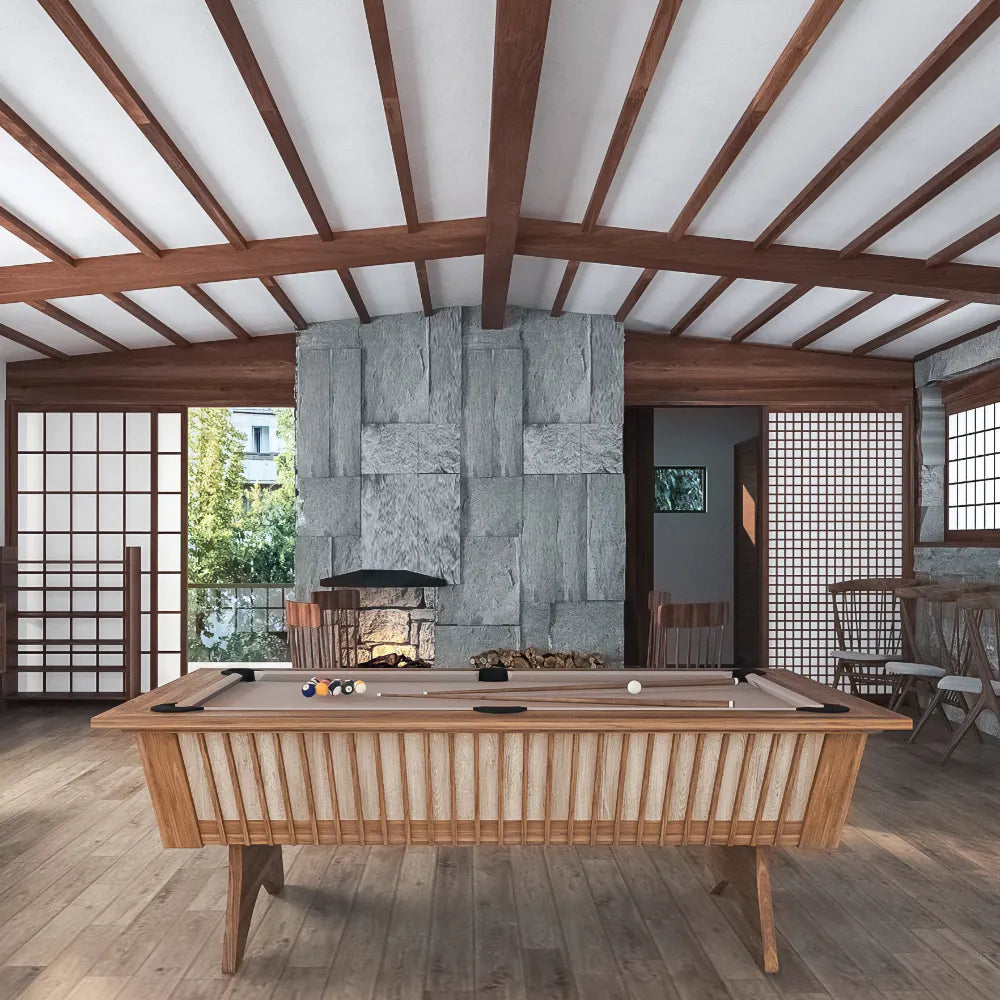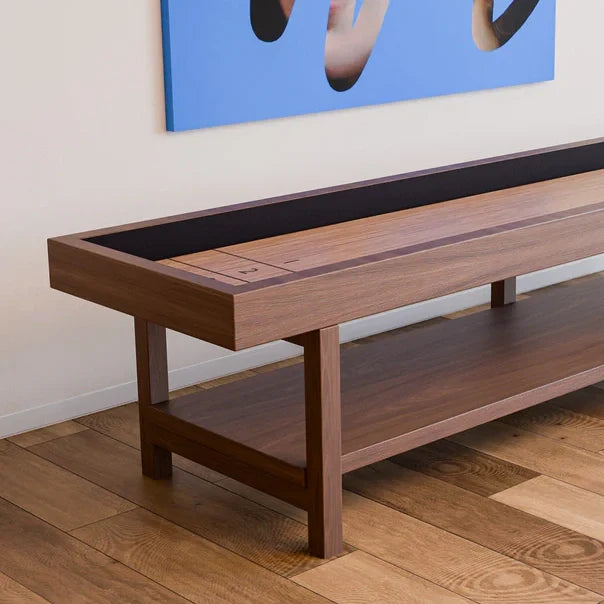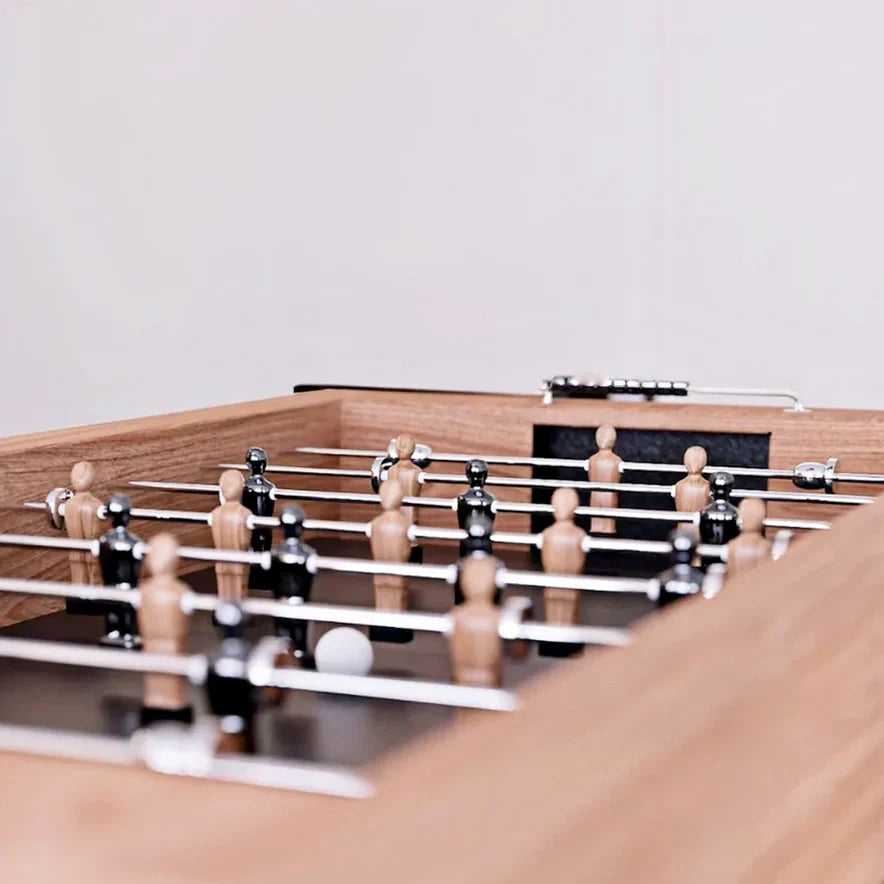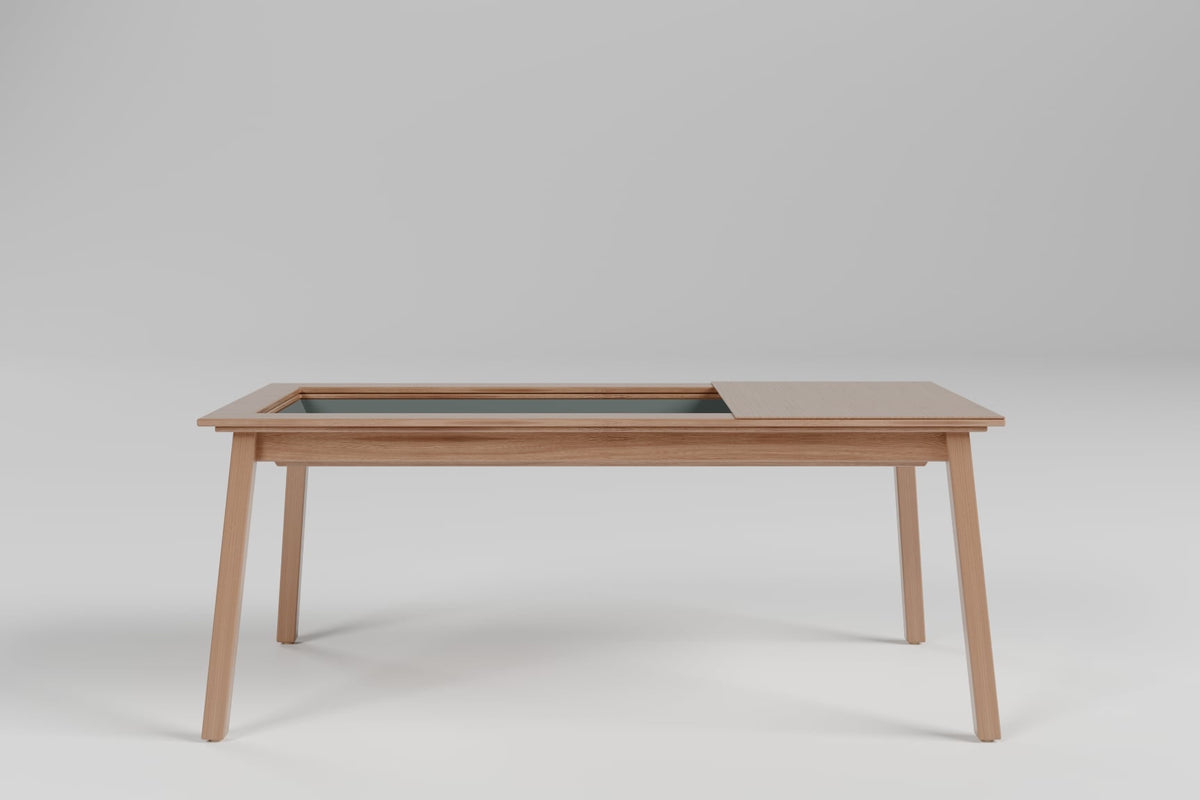Choosing the right pool table cloth can significantly affect your game experience, impacting speed, control, and maintenance. The two primary types of cloth used for pool tables are worsted and napped. Each has its unique characteristics, advantages, and disadvantages. Let's explore these differences to help you make an informed decision.
Worsted Cloth
Worsted cloth is known for its smooth, tight weave, which provides a fast and consistent playing surface. Here are some key features:
Speed and Playability
Worsted cloth is often referred to as "speed cloth" due to its low friction surface, allowing balls to roll faster and more accurately. This makes it a preferred choice for professional and competitive play where precision is crucial.
Durability
The manufacturing process of worsted cloth involves using longer, combed fibers that are tightly woven. This construction minimizes pilling and wear, resulting in a longer-lasting product that maintains its playing characteristics over time.
Maintenance
Worsted cloth is easier to maintain than napped cloth. It requires only regular brushing to remove dust and chalk, as it does not have a directional nap that can trap debris. Some brands even offer worsted cloth with liquid-repelling properties for added protection against spills.
Napped Cloth
Napped cloth has a distinctive texture due to its looped fibers, which create a "nap" that can be felt when touched. Here are some important aspects:
Control and Playability
The nap on this type of cloth creates friction that slows down the balls, making it ideal for casual play or for players who prefer a more controlled game. This characteristic can be beneficial for beginners who are still developing their skills.
Maintenance
Napped cloth requires more upkeep than worsted cloth. Regular brushing is necessary to keep the fibers aligned and maintain the directional properties of the fabric. Without proper care, the nap can become matted or damaged, affecting gameplay.
Durability
While napped cloth is generally less durable than worsted options, it can still perform well if maintained properly. However, it may need to be replaced more frequently due to wear and pilling caused by regular play.
Comparison Table
| Feature | Worsted Cloth | Napped Cloth |
|---|---|---|
| Speed | Fast, smooth surface | Slower due to friction |
| Durability | Highly durable | Less durable; may require replacement |
| Maintenance | Easy; regular brushing | Requires frequent brushing |
| Cost | More expensive | Generally cheaper |
| Ideal For | Competitive play | Casual or novice players |
Frequently Asked Questions
How long does pool table cloth typically last?
Worsted cloth typically lasts 8-10 years with proper maintenance and regular play, while napped cloth usually needs replacement every 3-5 years. However, the lifespan can vary significantly based on usage frequency, maintenance quality, and playing conditions.
Can I install pool table cloth myself?
While it's possible to install pool table cloth yourself, it's generally recommended to have it professionally installed. The process requires specific tools, precise measurements, and expertise to ensure proper tension and avoid wrinkles or bubbles that could affect gameplay.
How often should I brush my pool table cloth?
For worsted cloth, brushing once a week is usually sufficient if the table is used regularly. Napped cloth should be brushed after every playing session to maintain the nap's direction and remove chalk dust. Always brush in one direction to maintain the cloth's integrity.
Conclusion
The choice between worsted and napped pool table cloth ultimately depends on your playing style and preferences. If you prioritize speed, durability, and ease of maintenance, worsted cloth is the way to go. However, if you prefer a slower game that allows for more control and are looking for a budget-friendly option, napped cloth may suit your needs better. Consider your playing environment and how much maintenance you're willing to commit to when making your decision.





0 comments